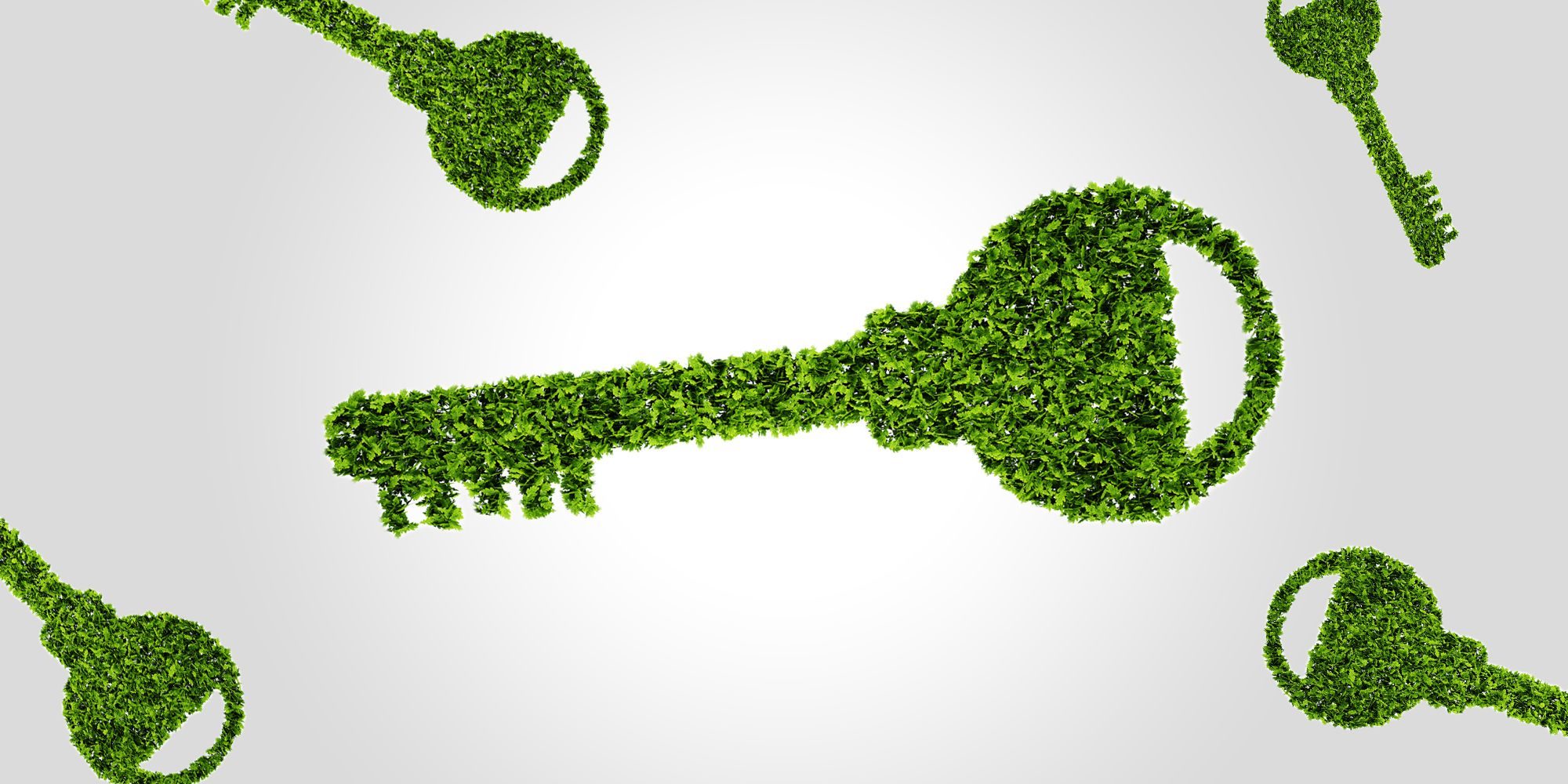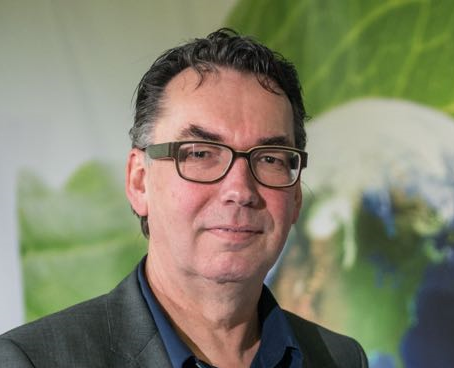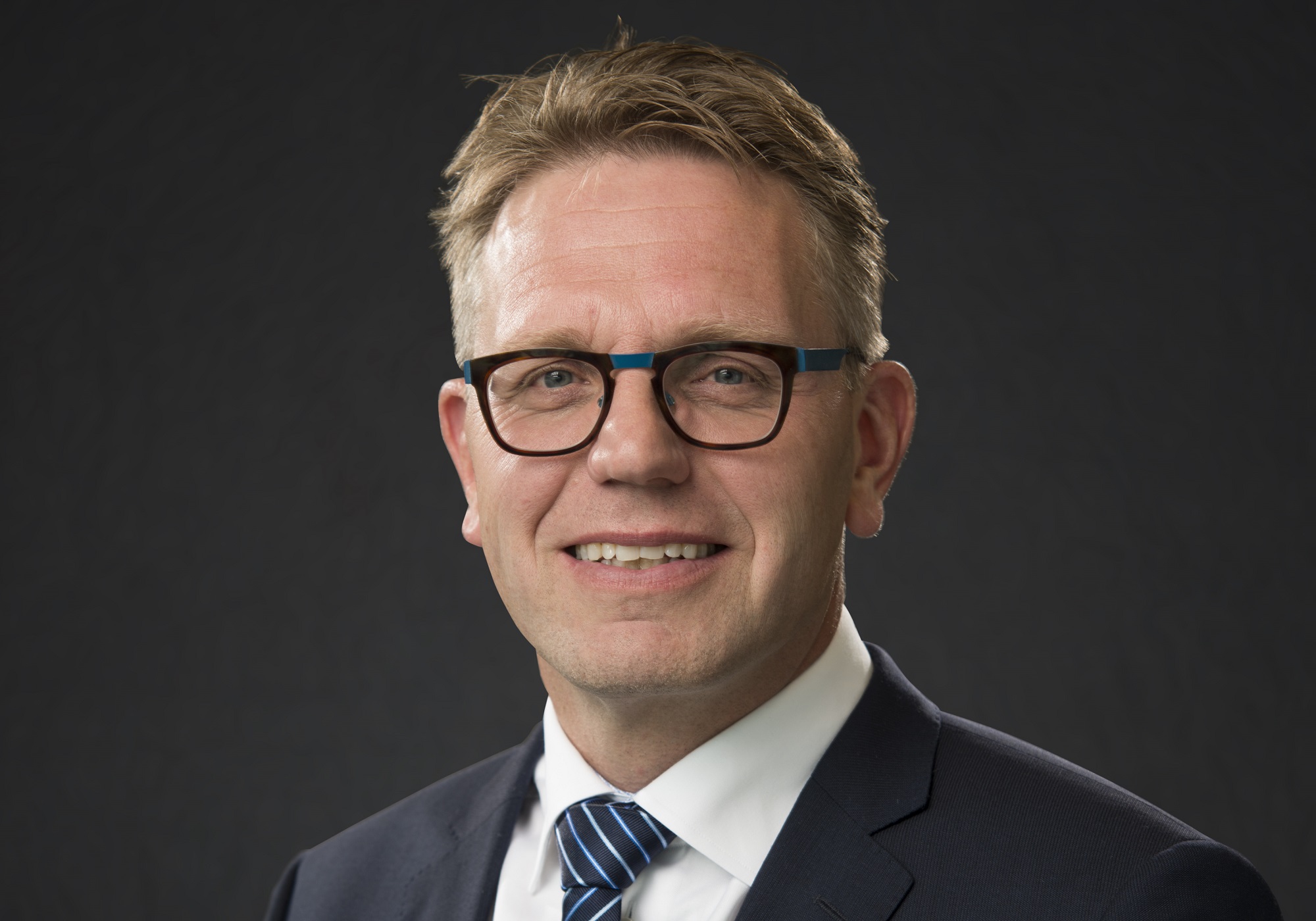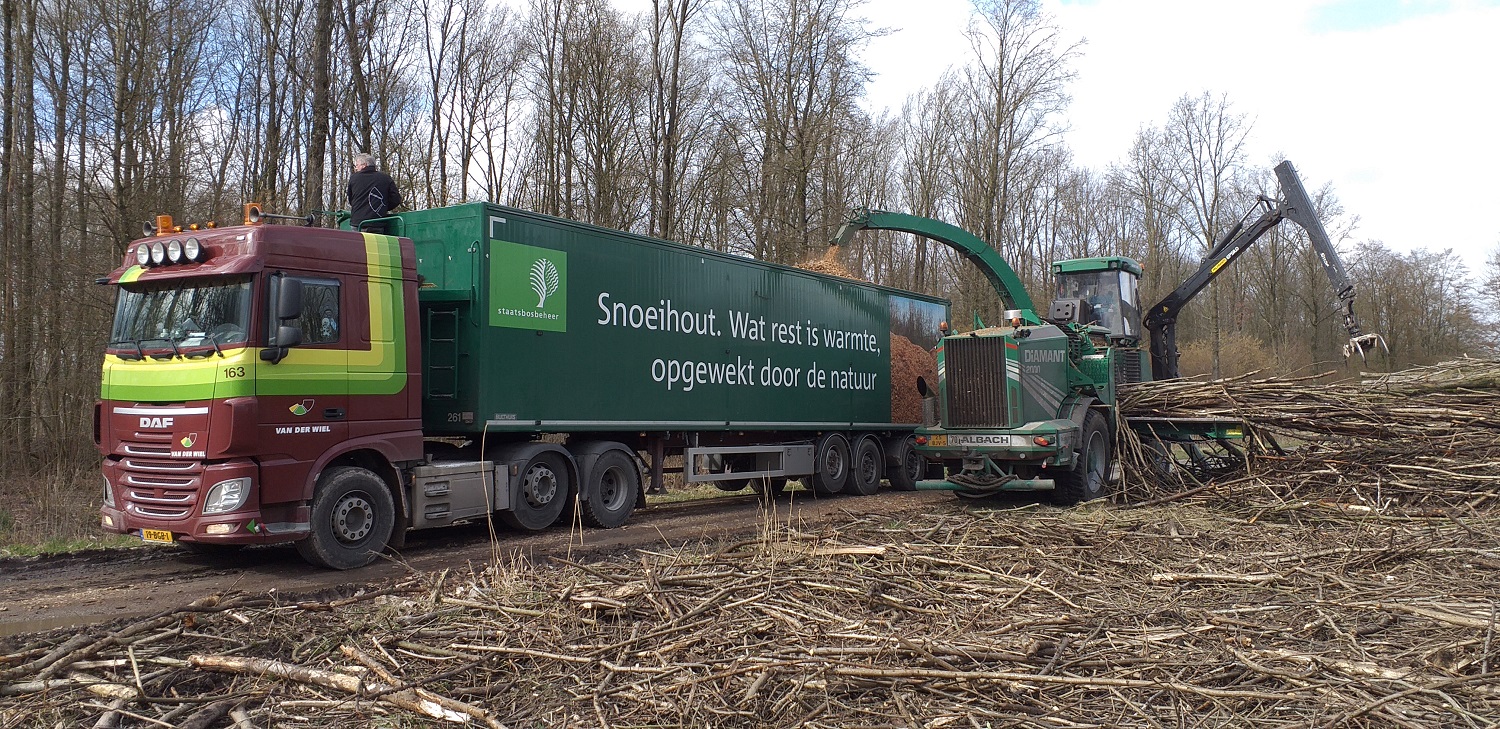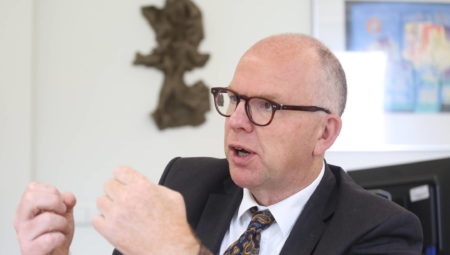The polder has been discussing reducing CO₂ for some nine months now. It won’t work without biomass. The parties involved agree on this, whether they were at one of the climate tables or not. Nor will it work with just Dutch biomass. “If the climate proposals are to go ahead, then importing biomass is a certainty. If you don’t want to, then you can simply give up on them,” says Henk Wanningen of Dutch forestry authority Staatsbosbeheer. Nevertheless, supply and demand in the Netherlands must and can be matched better.
Value of climate tables
How useful were the climate tables? “They accelerate the plans,” says Cas König, Chairman of the Industrietafel Noord-Nederland. “I initially railed against it all having to be done far too quickly; the entire process in six, seven months. Companies had to sit around the table each time to discuss ideas. In the meantime they also had factories to run. Nevertheless, the business community is seriously committed. I tried to reduce the intensity of meetings, but the enthusiasm of parties who never otherwise see each other was just too great. We could have done it in three years, but the pressure did certainly produce something.” Kees van Zelderen of LTO observes that “The climate tables are reopening ancient discussions. Which biomass is circular and which is not? What space is required compared to the number of available hectares? It’s exciting to discover what the consequences will be. The climate tables are a good working model for sharing knowledge and skills, determining the right course together and monitoring which solutions are promising and which are hopeless.”
High expectations
Much is expected of biomass. Doesn’t that put too much pressure on the biomass sector? “The climate proposals claim nine times more space than we currently potentially have in the Netherlands,” points out Van Zelderen. “The question then is: which claim makes the most sense? Wind turbines, solar farms or biomass? This is a regional discussion. The Veenkoloniën area, West-Brabant and the Green Heart all have their own dynamic. This dynamic is decisive when it comes to making a targeted offer to the surrounding area.” The climate accord is based largely on biomass, according to Wanningen. He doesn’t feel pressured, despite the fact that demand for wood will double within 10-20 years. “Forest management is focused on continuity and stability. We are primarily in favour of timber production and nature. We won’t produce more biomass to meet demand if this is at the expense of nature quality. We are not going to plunder the Dutch forests. That idea is patently wrong.” Staatsbosbeheer has been collecting waste streams for a very long time. Tips, thin branches, decaying wood or wood with too many knots, are all chipped. “Sometimes the scale is such that you can process it, for example for biomass power stations. If you can use the proceeds to cover the costs, this in turn benefits the forest, nature and landscape.”
Not a logical discussion partner
The suppliers of biomass only participated in the ‘Agriculture and land use’ table, and did not join the industrial one. A missed opportunity? “I was a bit headstrong,” confesses König. “I also brought the electricity sector and processors of agricultural products such as Avebe and Cosun to the table. They are both the cause of the problem and part of the solution. So they belong there. Although they’re not a logical discussion partner for the chemical industry, they need each other. We are bringing our entire region together and that has worked very well: things are being thought about.” Van Zelderen believes that the agricultural sector ‘should really’ have been in the industrial tables. “It would have been nice if there had been more time and attention available for crossovers. But the climate tables themselves were fully occupied with their own assignments. The subject of climate is enormously broad. Those blank spots did come to light as a result.” Indirectly, Staatsbosbeheer was only involved in the agriculture and land use table. Wanningen isn’t concerned by that. “We’re already quite involved in initiatives. Industry will certainly hear our views. We don’t necessarily have to sit at the table.”
High quality
The climate proposals refer only to biomass for energy supply, and not to materials and raw materials. How serious is that? Won’t the high-quality applications be overlooked? “It’s realistic that this can happen,” says Van Zelderen, “that mega users take over the remaining areas.” For example, RWE is in the process of converting its coal-fired power plant to 15% biomass. “I’m convinced, says König, “that RWE also believes that the valuable raw materials must first be extracted in order to incinerate the residual flow, lignin. I’m in favour of cascading. I’m not familiar with all the proposals, but our stance is emphatically in that direction. It may well be that the emphasis is first on incineration, and then on increasingly high-quality applications. I think everything will turn out fine in the end.”
Wanningen regards wood biomass as an important and flexible transition fuel, especially for heat. The chips from Staatsbosbeheer are in any case not suitable for co-firing in coal-fired power stations. “Over time wood will also be a solution for biochemistry. We start from the wise-use principle. That principle hasn’t been changed by the Climate Accord. The discussion about the use of biomass and cascading is based mainly on points of view and the dogma that it’s always possible to use biomass first in high quality, although this is often impossible. Is it wrong to use biomass, which can be used for nothing else, for energy purposes? Naturally application in products is preferable. High-quality use is usually valued more highly from an economic aspect. That’s a guiding principle. That’s why I have enormous confidence that biomass will end up in the right place.”
Acceleration needed
The climate proposals entail direct consequences for entrepreneurs. “Companies have to adapt their processes,” says König. For example, RWE is building silos to store biomass and an installation to unload ships. The supercritical biomass energy plant in Alkmaar and Avantium’s biorefinery are completely new processes. “We need an enormous acceleration,” continues König. “We still have eleven years to convert chemical factories. If you consider that chemical factories undertake a major stop once every six years, we still have two opportunities to achieve this. It takes years of preparation to introduce new raw materials and new processes at the next stop. It is precisely the simultaneous implementation of plans that requires a huge amount of coordination, and that’s quite a challenge. Many processes have not yet been applied on an industrial scale. Scaling-up still needs lots of research.” Van Zelderen endorses this. “The more you immerse yourself in it, the clearer it becomes that people don’t yet know what it will cost in terms of time and space. There must be room for pilots and demos to discover which paths to take. Residual streams can be put to better use, but farmers must get something in return. They will only do it if it is valuable for them and if it has added value for society, but not if they are not rewarded for it. We have already elevated our ambition to 6 megatons by 2030, where our task was 3.5 megatons. This ambition can only be achieved if the government also makes it possible from a regulatory and financial aspect. Others also have to move in tandem.” According to Professor Johan Sanders of Wageningen University, the contribution of the agricultural sector can be increased more significantly in cooperation with the chemical and energy sectors.
Staatsbosbeheer is focusing on working in a more planned way. “It’s expensive to manage wooded banks and coppice wood, for example,” says Wanningen. “By working in a planned manner, we can organise the harvesting work better and optimise the biomass supply. Cyclical management brings more variety and quality to the landscape, and the extraction of biomass as a residual stream makes the work affordable. We need to work more closely with other site managers to achieve this.”
Sliding together
The agreement makes it clear that industry and suppliers cannot do without each other. “What you see,” says König, “is that the sectors are increasingly flowing together.” New forms of cooperation are emerging. Who would have thought 15 years ago that Staatsbosbeheer, Avantium, AkzoNobel and RWE would set up a factory together to convert wood chips into biosugars? Wanningen: “By working together, we want to focus more on biomass extraction and use. We need to form coalitions to develop technical innovations. That’s why we’re working with Avantium on the raw materials side, to ensure that it’s available and meets the right quality requirements. We are really looking at cascading. If not, you would be stealing from your own purse. We also enter into coalitions with those in the business community wanting to invest in new forests. This is to increase the acreage.”
Van Zelderen thinks it’s good that cycles are sliding into each other. “Space is limited. You can never do everything. The contribution that biomass can make is overestimated; you have to look more towards high-grade applications. They make less of a claim on space. The climate proposals say little about who is talking about what. Alongside chain agreements with industry, there must also be greater social cooperation: where do you want to go with this field? These things must be weighed up. Provinces play a leading role in this.”
Game-changer
For the agricultural sector and forest managers, the accord offers an excellent opportunity to play a key role. “From the farmer’s point of view you could also turn the space claims around,” says Van Zelderen. “Evidently he is needed nine times. Farmers are important for society and the energy transition. Higher-quality applications are better for farmers. The climate accord offers them the opportunity to develop new business models. This is needed in the sector. It’s becoming increasingly difficult for them, so it’s good to see where the new possibilities lie.” Wanningen believes forests are gaining in importance. “Forests play a role in all climate discussions. As the most sustainable building material, for the energy supply, to retain water, to capture CO₂ and for the bio-based economy. All these are good reasons for investing in planting new forests. That requires a party to manage the forest actively.” Van Zelderen goes a step further: “The soil is the game-changer. To capture CO₂, to make our country climate-proof, to provide space for renewable energy, to add value to biomass, to improve the landscape and biodiversity. We have the potential to be the only sector that can cool down the earth and prevent it from deteriorating further. The soil is the pivotal point, and that should be rewarded a little more.”
Blank spots
The climate proposals have not only made it clear that demand far outstrips the biomass supply. Above all, they have exposed the blank spots. A more balanced, planned, collective and regional approach is vital for achieving the targets. The current biomass roadmap, to which all parties are now contributing, must fill these gaps. It may be coincidental or not that the industry tables were divided into regions, but it’s good news for the bio-based sector, because much of this activity is organised on a regional basis. Van Zelderen believes it’s not too bad that supply wasn’t given much attention. “There’s so much that’s not included in the climate accord. Things that people are not focusing on, or know nothing about. It can go fast if things are promising. That it’s not in there doesn’t mean it won’t happen.”
